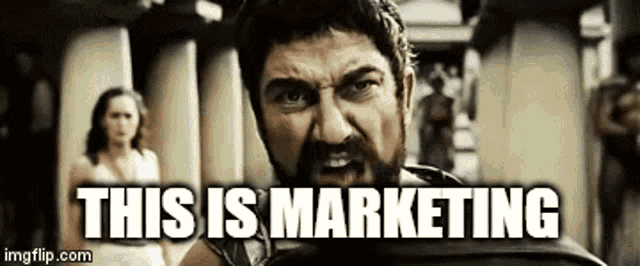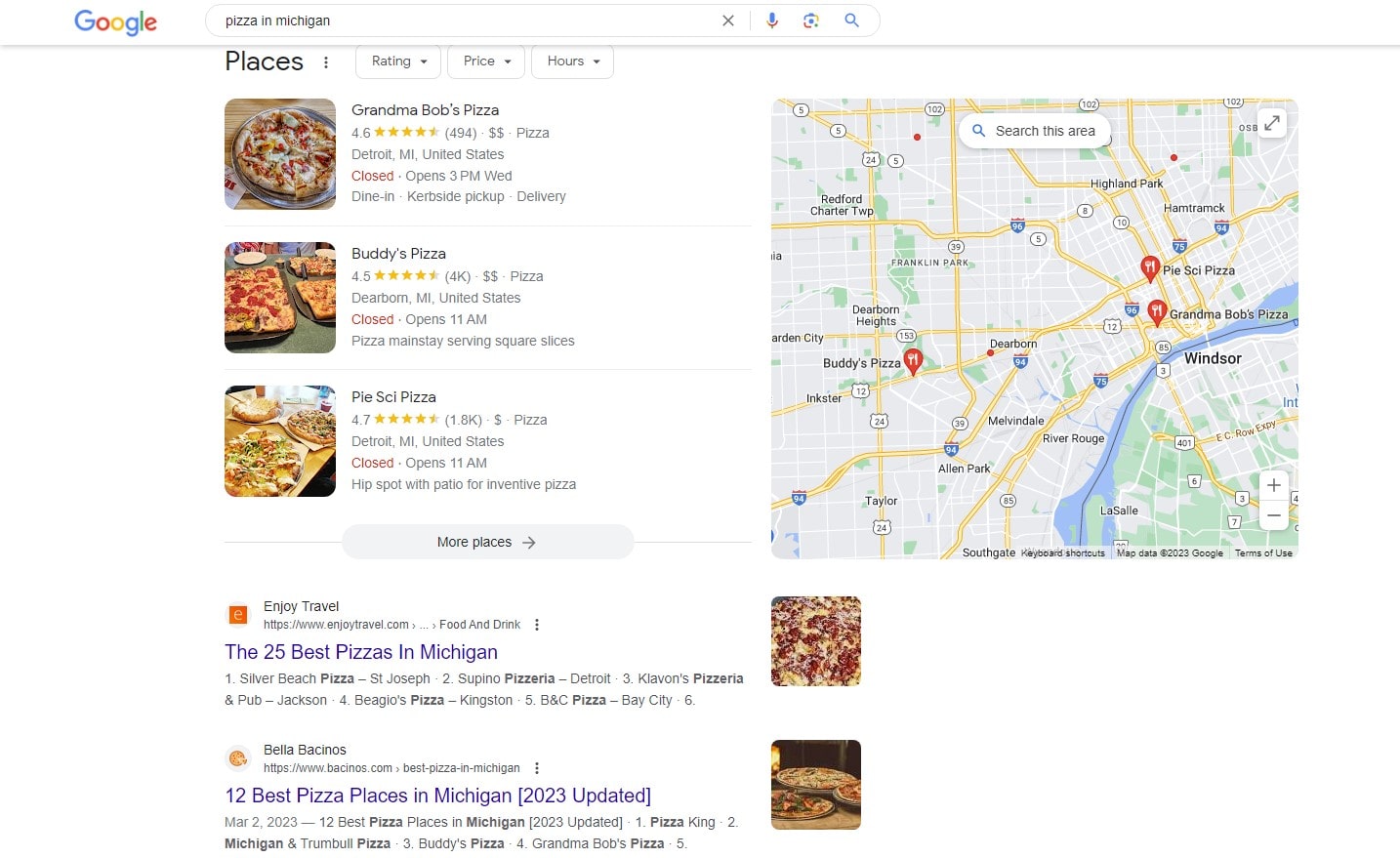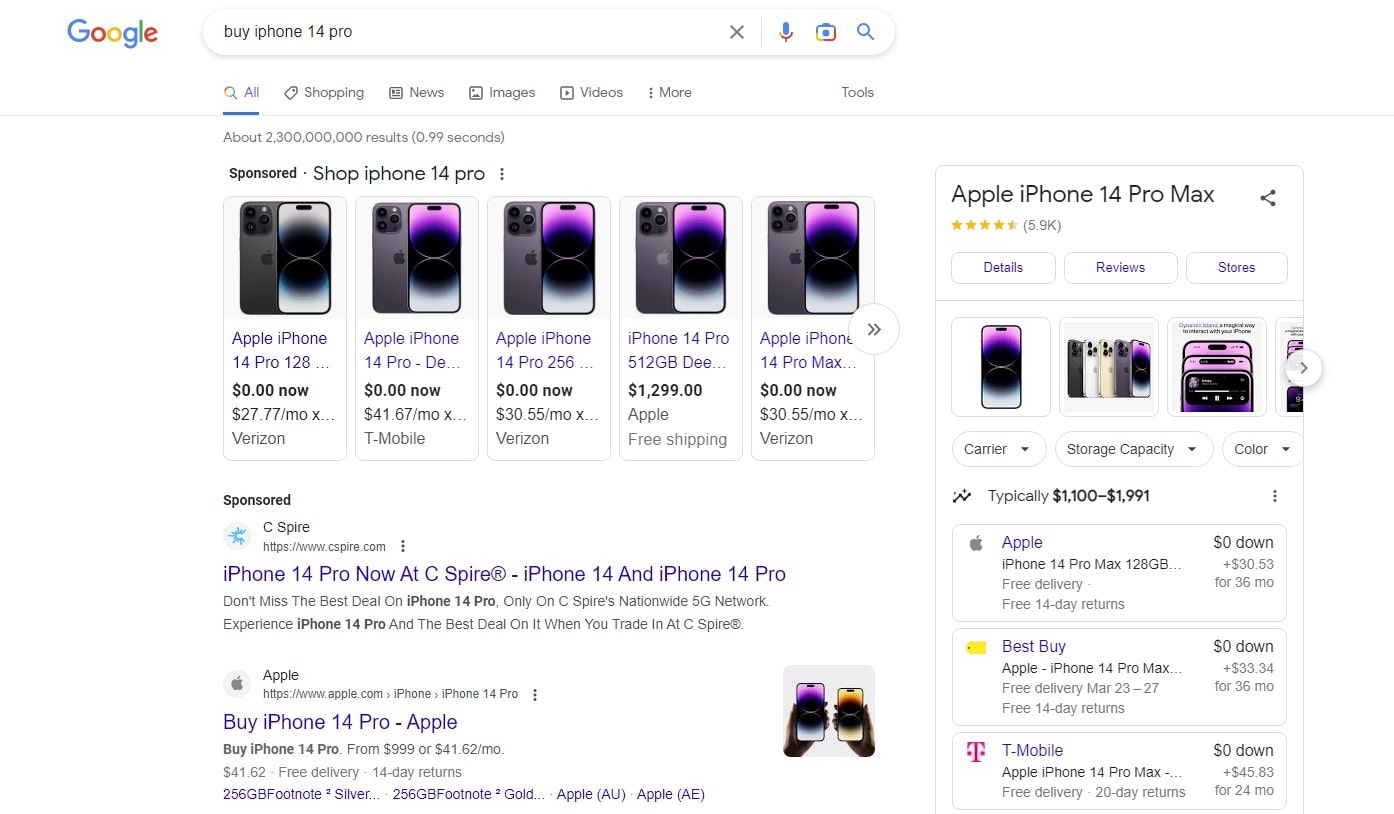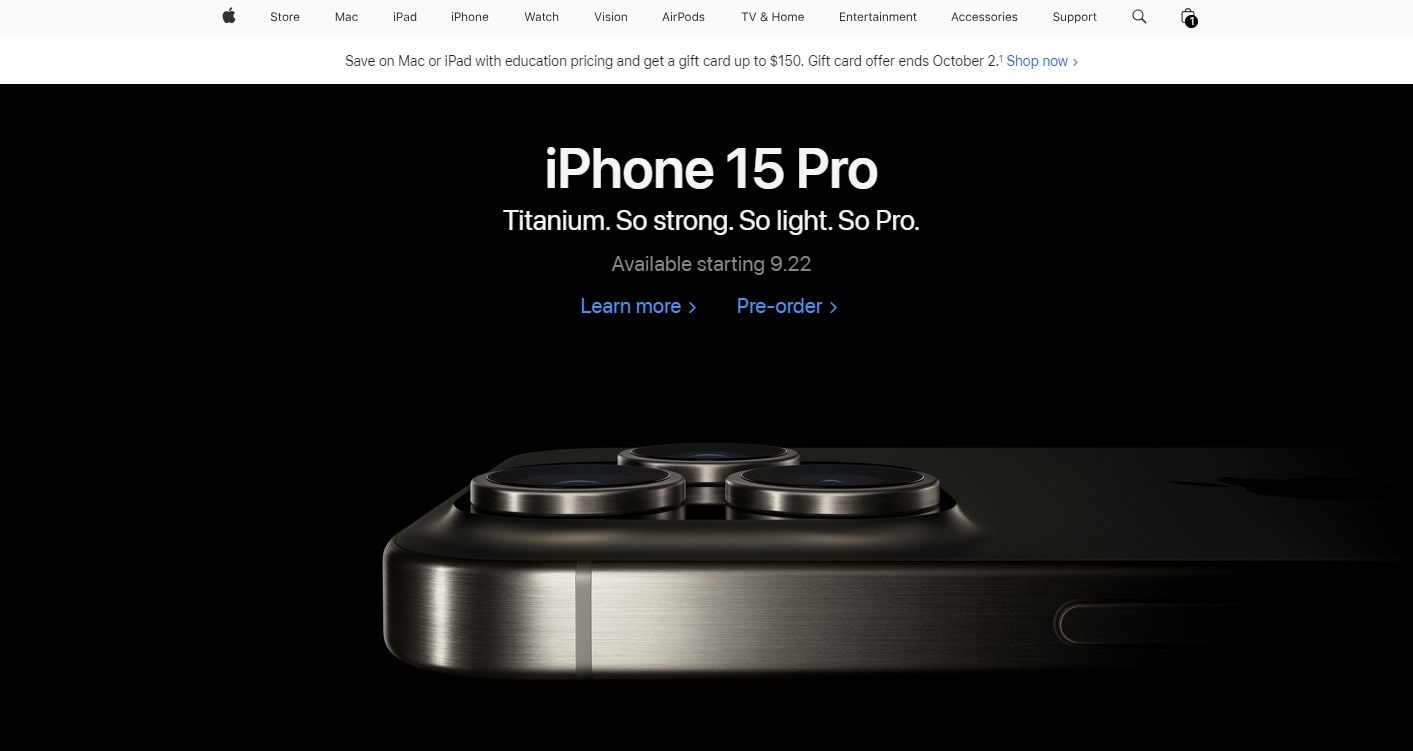Navigating the bustling digital streets, the pulse of online marketing beats stronger than ever. In an age where the virtual realm is seamlessly woven into daily life, understanding online marketing is paramount. 🌐✨ It’s not just about ads or emails – it’s the art of connecting brands with consumers in the vast online sphere.
Key Aspects of Online Marketing:
- Digital Engagement: Crafting genuine connections with customers.
- Strategic Advertising: Targeted efforts that resonate.
- Online Presence: Establishing a brand’s footprint in the digital world.

For brands that aim to optimize their online marketing strategies, tools like Plerdy offer an insightful dive into CRO & UX, ensuring every online interaction counts. 📈💡 By harnessing the power of marketing in the online domain, businesses can bridge gaps, foster relationships, and drive success. Dive in to unravel the intricacies of online marketing and position your brand for digital dominance. Remember to leverage Plerdy for enhanced conversion rate optimization and stellar user experiences! 🚀
Definition and Importance of Online Marketing
In today’s bustling commerce landscape, online marketing emerges as an indispensable cornerstone. By interweaving digital tools with impactful strategies, businesses dial up their engagement and forge stronger connections with consumers. The essence of this marketing approach revolves around:
- Digital showcases: Brands like Apple harness online platforms to unveil their latest products, creating buzz and anticipation.
- Personalized experiences: Clothing retailers, such as Zara, employ digital analytics to tailor online shopping journeys, ensuring every click resonates with the user’s preferences.
- Community building: Fitness influencers lean into online marketing to foster communities, turning passion for health into lucrative ventures.
Online marketing is the pulse that keeps modern business alive and kicking. The dynamic blend of digital tactics propels brands to stay in the limelight, never fading into obscurity. From pay-per-click campaigns to savvy social media moves, it’s a dance of adaptability and innovation.
Every click, share, and like in the digital space is a testament to the power of online marketing. It’s more than just a method; it’s the lifeblood pumping through the veins of modern commerce. In this digital age, businesses that harness the strength of online strategies don’t just get by – they shine brightly, setting benchmarks for others to emulate.
The Shift from Traditional to Digital Marketing

In the vibrant spectrum of marketing, two dominant forces emerge: online marketing and traditional marketing. While both wield their unique strengths, the digital age has amplified the prowess of online strategies, offering unparalleled reach and precision.
Let’s break down their distinctions:
- Engagement: Online marketing thrives on real-time engagement. Think of Spotify ads targeting millennials or TikTok campaigns captivating Gen Z. In contrast, traditional marketing, with its billboards and radio spots, takes a more general approach.
- Measurability: Digital platforms provide instant feedback. Every click, share, and like gets logged, giving marketers actionable insights. Traditional channels, while impactful, don’t offer this granular view.
- Flexibility: Online campaigns can pivot on a dime. If a Facebook ad doesn’t resonate, marketers can tweak and relaunch within hours. Traditional marketing doesn’t provide this swift adaptability.
- Cost-Effectiveness: While TV spots or magazine ads can drain budgets, online methods often give more bang for the buck, especially for niches with tight budgets like indie book publishers or local artisanal bakers.
Online marketing, with its dynamic tools and expansive reach, seems poised to lead the charge in the modern era. Yet, the tactile allure of traditional methods still holds value. For brands navigating this landscape, blending both might be the key to crafting compelling narratives and forging genuine connections.
The Pillars of Online Marketing
Delving into the vast universe of online marketing reveals foundational pillars that have shaped the digital frontier for businesses. These pillars aren’t merely tools; they’re avenues that transform casual browsers into loyal customers. At the heart of effective online marketing strategies lie:
- Websites and Landing Pages: Take, for instance, brands like Tesla. Their sleek online pages not only showcase innovative cars but also drive conversions through compelling visuals and streamlined user journeys.
- Email and Affiliate Marketing: Consider beauty brands such as Glossier. They’ve mastered the art of digital email campaigns, making subscribers feel exclusive. Simultaneously, their affiliate strategies leverage influencers, broadening reach in authentic ways.
Websites serve as digital hubs, anchoring all online marketing efforts. An impactful landing page can turn the tide, converting a visitor’s curiosity into a purchase. On the other hand, email marketing, when done right, nurtures relationships, turning one-time buyers into brand ambassadors. And let’s not forget affiliate marketing — an online powerhouse that taps into trusted voices to amplify brand messages.
Navigating the digital landscape requires a keen understanding of these pillars. They’re more than just tactics; they’re the very essence of online marketing in today’s interconnected era. Businesses that harness these tools effectively set themselves apart, creating ripples in the vast digital ocean.
Online Marketing vs. Traditional Marketing

In the fierce battle between internet and traditional marketing, cost, ROI, accessibility, and reach matter. Both strategies come with their sets of advantages, but the digital age undeniably tips the scale in favor of online platforms.
Key contrasts include:
- Cost and ROI Comparisons: Traditional methods, such as television ads, can burn through budgets rapidly, often with elusive returns. In contrast, online marketing campaigns, especially those harnessing social media channels like Instagram, allow brands to target specific demographics, ensuring every penny spent packs a punch.
- Accessibility and Reach Differences: Brick-and-mortar billboards have geographical limitations. Yet, digital ads transcend borders. A local bakery in Brooklyn can now cater to pastry enthusiasts in Portland or even Paris with astute online marketing.
Understanding digital marketing gives brands flexibility and precision. The granularity of online analytics allows for real-time tweaks, ensuring campaigns remain agile and effective. Traditional marketing, while still holding its ground in certain niches, often struggles to match the adaptability and expansive reach inherent to online strategies. While both kinds have their advantages, digital channels typically offer better value, making them essential in modern commerce storytelling.
Benefits of Digital Outreach

In the digital era, companies tap into a plethora of advantages that transcend traditional outreach methods. The landscape of online marketing furnishes businesses with tools that transform mere interactions into memorable experiences.
Dive into these benefits:
- Personalization and Engagement: Tailored experiences shine in the digital domain. Brands like Spotify stand out by curating playlists based on listeners’ tastes, amplifying user engagement. With online marketing, businesses craft messages that resonate, fostering connections rather than just broadcasting content.
- Analytics and Measurability: Digital platforms offer unparalleled insights. Gone are the days of guesstimating campaign impact. With tools like Google Analytics, every click, share, and conversion becomes trackable, offering brands a clear view of their online efforts’ efficacy.
Harnessing the power of digital outreach, brands no longer shoot in the dark. Every move in online marketing becomes calculated, every strategy backed by data. This digital shift empowers companies to engage with precision, ensuring that their narratives don’t just reach audiences – they resonate. In this dynamic dance of marketing, digital tools lead the way, setting the rhythm for a future replete with meaningful connections and measurable outcomes.
The Art of Content Marketing

Dive deep into the digital ocean, and you’ll find content marketing as its thriving coral reef, teeming with diverse ecosystems. Mastering the art of content marketing hinges on creating genuine value for the audience. In the vast landscape of online marketing, this art stands out as the bridge between brand and audience, fusing emotions, needs, and solutions into a coherent narrative.
Highlighting the spectrum:
-
- Creating Value for the Audience: Airbnb, a beacon in digital hospitality, crafts stories of unique stays, turning mere listings into experiences. It’s not about mere promotion; it’s about crafting narratives that resonate, solving pain points, and weaving dreams in the digital tapestry.
- Different Content Types and Platforms: Online marketing thrives on variety.
- Blog Posts: Brands like Medium harness the power of words to engage, inform, and inspire.
- Videos: Platforms like YouTube showcase visual stories, from tutorials to testimonials.
- Infographics: Data gets a digital makeover, turning complex stats into visually appealing insights.
The art of digital content marketing goes beyond information transmission. It’s about echoing the audience’s voice, understanding their journey, and positioning your brand as the trusted guide. In the grand theater of online marketing, content remains the star performer, illuminating the path to genuine connections and robust engagement.
SEO and Its Significance

In the pulsating heart of digital strategy, SEO stands tall, orchestrating visibility and shaping user journeys. At its core, SEO is the compass that guides web surfers through the vast expanse of the online universe, directing them to relevant content destinations.
Delving into the essentials:
Basics of Search Engine Optimization:
- Keywords: Think of them as beacons – they light up content, making it discoverable in the vast digital ocean.
- Backlinks: They’re the endorsements in the online world, signaling the credibility of a webpage.
- User Experience: Google, a major stakeholder in the digital search ecosystem, values seamless navigation, and speedy website load times.
The Importance of Organic Search:
- Trust & Credibility: Organic results often earn more trust than paid ads. For instance, a well-optimized blog post can stand the test of time, continuously driving digital traffic.
- Sustainable Traffic: Unlike paid campaigns that dry up once the budget taps turn off, organic SEO offers enduring visibility in the online marketplace.
Harnessing the power of SEO in online marketing isn’t just about ticking boxes; it’s about understanding the ebb and flow of user intent. In an age where information is abundant, guiding users seamlessly to what they seek makes all the difference. In the orchestra of digital marketing, SEO is the maestro, fine-tuning performances to audience applause.
Leveraging Social Media Platforms

In the vibrant tapestry of online marketing, social media emerges as a potent thread, weaving brands and audiences in dynamic conversations. Navigating this digital landscape requires strategic steps, tailored to resonate with target demographics.
To tap into the pulse of social media:
Choosing the Right Platform:
- Online fashion brands might flourish on Instagram, with its visual storytelling, while thought leaders might gravitate to LinkedIn’s professional atmosphere.
- A gaming company might dive deep into the interactive waters of Twitch, capitalizing on real-time engagement, setting them apart in the digital space.
Best Practices for Engagement:
- Digital Storytelling: Craft compelling narratives. For instance, a local cafe could share snippets of sourcing organic beans, brewing up interest.
- Consistent Voice: Stay true to your brand persona, whether it’s the fun-loving vibe of an online sneaker brand or the sophistication of a digital consulting firm.
- Interactive Content: Polls, quizzes, and challenges keep audiences hooked, ensuring they swing by your profiles more often.
Brands should ride the wave of trends but not get swept away. In the online ecosystem, authenticity reigns supreme. By aligning with the right platforms and fostering genuine interactions, digital marketing through social media can turn casual browsers into brand ambassadors, sparking conversations that echo in the vast corridors of the internet.
Paid Online Advertising Explained

Diving into the ocean of online marketing, it’s hard to ignore the waves made by paid advertising. When executed well, it propels brands to the top of consumer consciousness, outpacing organic reach in many scenarios. However, understanding the ins and outs of paid online campaigns can be a tad overwhelming.
Specific Niche Insights:
- Gourmet Food Shops: Use pay-per-click (PPC) ads to tempt food enthusiasts with mouthwatering visuals and limited-time offers.
- Independent Bookstores: Invest in display ads across social media, spotlighting rare finds or bestsellers.
- Fitness Instructors: Harness retargeting ads to re-engage visitors who’ve checked out workout videos or fitness gear.
Key Takeaways in Paid Online Marketing:
- PPC (Pay-Per-Click): Brands get charged each time their ad gets clicked, driving direct traffic to their sites.
- Display Ads: Visually appealing banners or graphics that pop up across websites, enticing users to dive into what’s offered.
- Retargeting: Reaches out to users who’ve interacted with a brand before, nudging them to complete a previously interrupted action.
In the realm of marketing online, every click, impression, and interaction counts. While organic strategies carve out their significance, the immediacy and targeted precision of paid ads stand out, giving brands the push they need in this saturated online landscape. Investing smartly in paid channels ensures that brands don’t just float but make waves in the expansive online marketing sea.
Strategies for Effective Online Campaigns
Crafting a standout online campaign hinges on a blend of meticulous planning and agile adaptability. Dive into the core tenets of digital marketing, and you’ll unearth strategies that not only captivate but also convert.
Essential steps for an effective campaign:
Setting Clear Objectives:
- Brand Awareness: Elevate your brand’s online visibility. Consider a digital fitness brand aiming to amplify its footprint, highlighting unique workout regimens.
- Lead Generation: Use digital tools to draw in potential customers. An online gourmet subscription box, for instance, might target foodies with tempting teaser content.
Tracking and Adapting to Results:
- Data-Driven Insights: Harness online analytics to gauge the pulse of your campaigns. By monitoring metrics, an online bookstore can adjust ad spend based on top-selling genres.
- Flex and Refine: In the fast-paced digital space, sticking rigidly to a plan can hold you back. For example, if a marketing video resonates unexpectedly with a younger demographic, lean into that enthusiasm.
By anchoring your digital marketing initiatives in clear goals and continuously tuning them based on real-world feedback, you’ll navigate the online seas with prowess. Every tweak, every turn, is a step closer to marketing mastery, ensuring your brand not only survives but thrives.
Challenges and Solutions in Online Marketing

The dynamic online marketing landscape presents two major issues for organizations. On one hand, the digital space buzzes with competitors, making market saturation a real hurdle. On the other, the ever-evolving terrain of privacy laws demands agile navigation.
Key Challenges & Solutions:
- Overcoming Competition and Saturation:
- Differentiation: In a sea of online apparel brands, offering sustainable products can set you apart.
- Engage Authentically: Brands that harness digital platforms to genuinely connect rather than just advertise, often carve out a loyal community.
- Navigating Privacy and Data Concerns:
- Transparency First: An online health app, emphasizing transparent data use, fosters trust.
- Stay Updated: Regularly refresh your knowledge on digital privacy norms. Brands that respect boundaries in online marketing initiatives cultivate credibility.
Tackling these online marketing concerns requires a blend of creativity and diligence. By carving a unique digital niche and fostering an environment of trust, brands can not only stand out but also foster deep-rooted connections in the digital domain.
The Evolving Future of Online Marketing
In the dynamic landscape of online marketing, change remains the only constant. Brands constantly adapt, harnessing innovative technologies and fresh approaches to engage their audiences more effectively. Notably, the rise of voice search and interactive content has reshaped the way businesses approach marketing in the online space.
Consider these niche-specific shifts:
- Fashion Brands: Leveraging augmented reality for virtual try-ons, enhancing online shopping experiences.
- Local Cafés: Using geotargeting ads to draw in nearby coffee lovers during peak hours.
- Tech Firms: Offering immersive 3D product demos, changing how users interact online.
Upcoming Trends in Online Marketing:
- Data-Driven Decisions: Brands will dive deeper into analytics to fine-tune their marketing campaigns.
- Eco-friendly Strategies: With sustainability at the forefront, eco-conscious marketing takes center stage.
- Interactive and Personalized Content: Engaging consumers through tailored online experiences will be paramount.
While the horizon of online marketing may seem vast and unpredictable, one thing stands out – those willing to adapt, innovate, and truly connect with their audience will carve out their niche. Embracing change, leveraging tools, and consistently refreshing strategies will ensure brands remain relevant and impactful in the ever-evolving world of online marketing.
Conclusion
Diving deep into the multifaceted universe of online marketing, we’ve navigated through its expansive avenues and intricate alleyways. From the way brands connect with audiences to the strategies employed, the entire landscape of marketing online is a vibrant science, evolving with every digital heartbeat.
Specific insights gleaned:
- Techopedia: Emphasizing online tools and their crucial role in optimizing marketing campaigns.
- Adobe: Masterfully harnessing the prowess of visual storytelling in their online endeavors.
- Mailchimp: Demonstrating how e-mail campaigns, when executed right, can lead to monumental growth.
But here’s the true breakthrough:
- Skills & Tools: It’s not just about being online; it’s about having the skills and leveraging the right tools.
- Personal Touch: Amidst all the digital tools, personalizing the user’s journey remains paramount.
- Analytics: Measuring success is an art. Tools like Plerdy provide crucial SEO & UX analysis, ensuring that your online efforts hit the mark.
In conclusion, online marketing isn’t just a fleeting trend—it’s an expansive science that shapes how brands and audiences converse. For those eager to elevate their online marketing game, tools like Plerdy are a must-have in their digital toolkit. Dive in, embrace the science of online marketing, and create waves in the digital ocean. 🌊🚀📈
